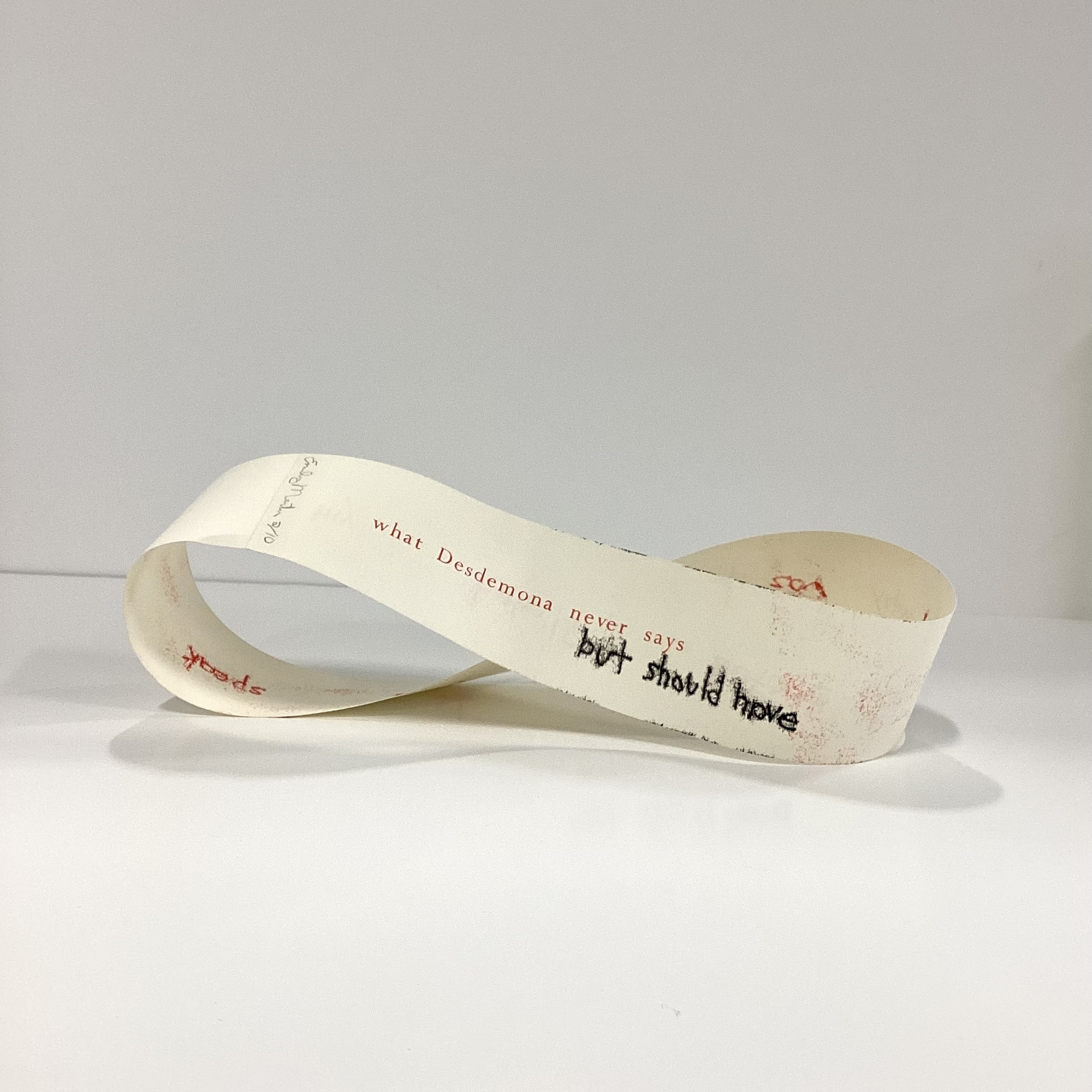
 Special Collections and Rare Books is a vibrant laboratory for primary source instruction and research, where students and faculty are welcome to explore. Our collections exist to be used, and they are open to everyone.
Special Collections and Rare Books is a vibrant laboratory for primary source instruction and research, where students and faculty are welcome to explore. Our collections exist to be used, and they are open to everyone.
As part of a class session in Special Collections, your students will have hands-on access to the most inspiring and intriguing materials the Libraries have to offer. They will learn important primary research skills – the ability to track down sources, make connections among documents, and read the content of the page alongside physical evidence. Most importantly, they will discover an enthusiasm and engagement with their subject that will take their studies far beyond their textbooks.
Special Collections librarians are here to help you incorporate rare materials research and primary source literacy instruction into your teaching, whether as a brief guest lecture, a class session, reference assistance during student projects, or a full-blown series of workshops. We teach students how to make the most out of the vast resources that Special Collections has to offer, how to handle rare materials appropriately, and how they can book appointments to consult materials.
All of our instruction sessions follow the Society of American Archivists-ALA Rare Book and Manuscript Section's Guidelines for Primary Source Literacy (2018), which contains the best practices of primary source instruction.
Our learning objectives fall under five major categories:
Use the form on our website to schedule an instruction session in Special Collections.